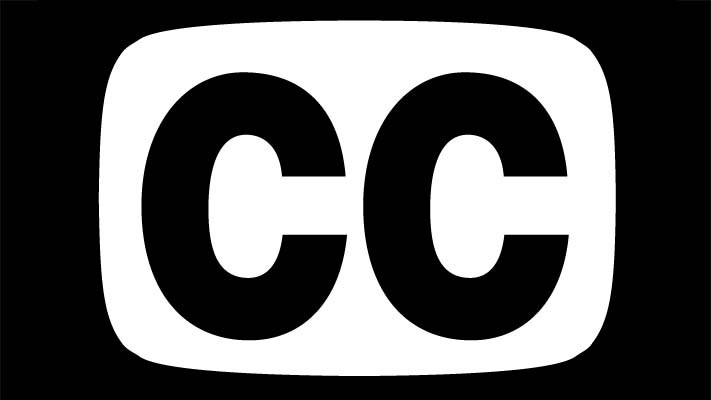DTV transition
Regarding next February's deadline, it has frequently been written that consumer confusion abounds and that how it may or may not affect the typical TV household is a continuing enigma. For the average consumer, the alphabet/numerical soup of DTV, HDTV, 720p, 1080i and 1080p does not aid in helping consumers comprehend what is happening.
DTV education is critical in preventing our own industry's version of the Y2K scare. Well, the education has begun. We are now seeing frequent PSAs about DTV, and some stations are discussing the DTV transition as a part of their news magazines or daily shows. Other stations are manning phone banks to answer consumers' DTV questions. Broadcasters, who have the most to lose, seem to be doing an excellent job of educating consumers.
Coupons
Broadcasters are just one element of the DTV transition patchwork quilt. In January, I decided to walk down the consumer path, apply for my DTV government subsidy coupons and see how I would fair. The initial course was not a rapid one, as it took almost three months for my coupons to arrive in the mail. But perhaps that is because in the first five weeks of the program, there were a surprising 4.3 million requests for coupons. That would seem to make a very positive statement regarding the level of awareness on the part of the viewing public.
One benefit of the delay in mailing was that early on in the program there were not many converter boxes in inventory, and several of the major retail suppliers had not yet filled their store distribution channels. Because all coupons expire 90 days from date of issue, this delay in mailing was actually helpful.
Now, back to my coupons. My letter contained two credit card-type coupons, an explanatory letter with a brief FAQ and a list containing the names of 34 coupon-eligible converter boxes. Also, conveniently included was a list of eight nearby retailers. IBM, the subcontractor that won the DTV coupon administration contract, has done an excellent job with this part of the program.
Next, the retail experience
The professional video industry's #1 source for news, trends and product and tech information. Sign up below.
In the letter, my local recommended suppliers included Best Buy, Circuit City, RadioShack and Wal-Mart. I was pleasantly surprised — no, make that downright shocked — at how knowledgeable and helpful each of the clerks were at all four of these retailers I visited.
Acting as unknowledgeable as I could, I peppered each of the clerks I encountered with basic questions. Truthfully, I must admit to a preconceived bias toward expecting mostly inane responses to my questions. But these folks were just great. Their responses were both accurate and helpful. One of them explained the government subsidy coupon program to me and even offered to help me with the application process. Another explained that if I was only planning to use my old analog set connected to cable or satellite and not connected to an antenna, I could save myself the cost of purchasing a converter box. Wow! A retailer forgoing a sale? I was impressed!
The most common product offering was a Zenith model that retails for $59.99. Lacking a sale or promotional price, with a $40 DTV coupon in hand, that's only $20 out of pocket. From the perspective of a consumer who doesn't want to or perhaps cannot afford to spend the money for a new DTV receiver, this transition is still quite affordable.
The real story here is that these retail stores are where the rubber meets the road. It's only at retail stores that consumers actually get to speak face to face with someone regarding the DTV transition. That person-to-person contact makes retailers the most influential element in this entire process.
Other resources
The 888-DTV-2009 hotline is helpful if you don't mind the typical game of telephone menu bingo. There may be a path to talk to a real person, but if it is there, it's not readily apparent. The NAB's www.dtvanswers.com and the NTIA's www.dtv2009.gov are both informative, but again there's a lack of interpersonal touch.
So, how are we doing?
Let's go back to my original question: How are we doing? I think we're doing pretty good. We're going to wake up the day after the DTV switch, and the lights will still be on — on those television screens. Broadcasters are responding. Federal agencies and our industry associations are responding, but most of all, retailers are responding. We owe you one.
Anthony R. Gargano is a consultant and former industry executive.
Send questions and comments to: anthony.gargano@penton.com
